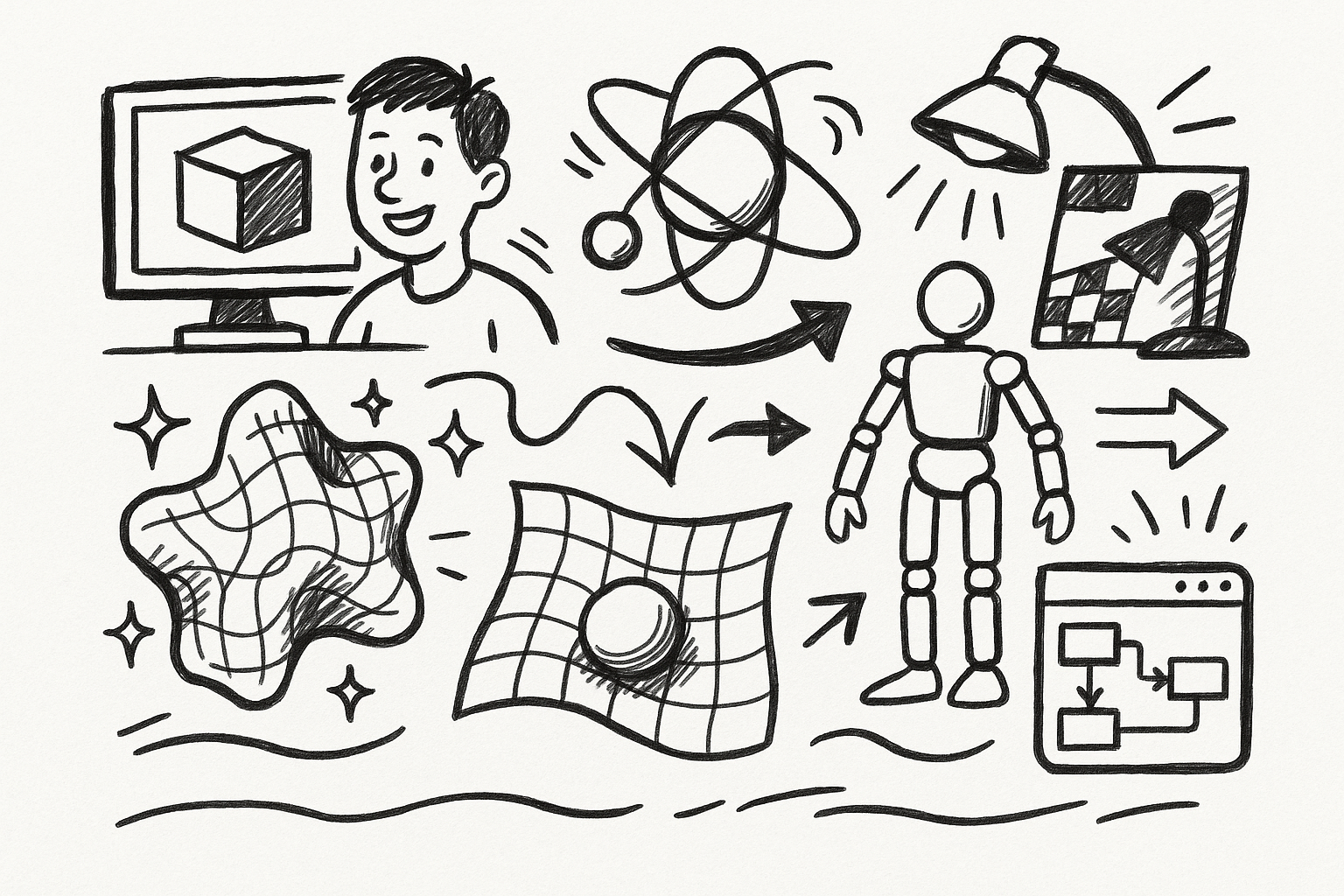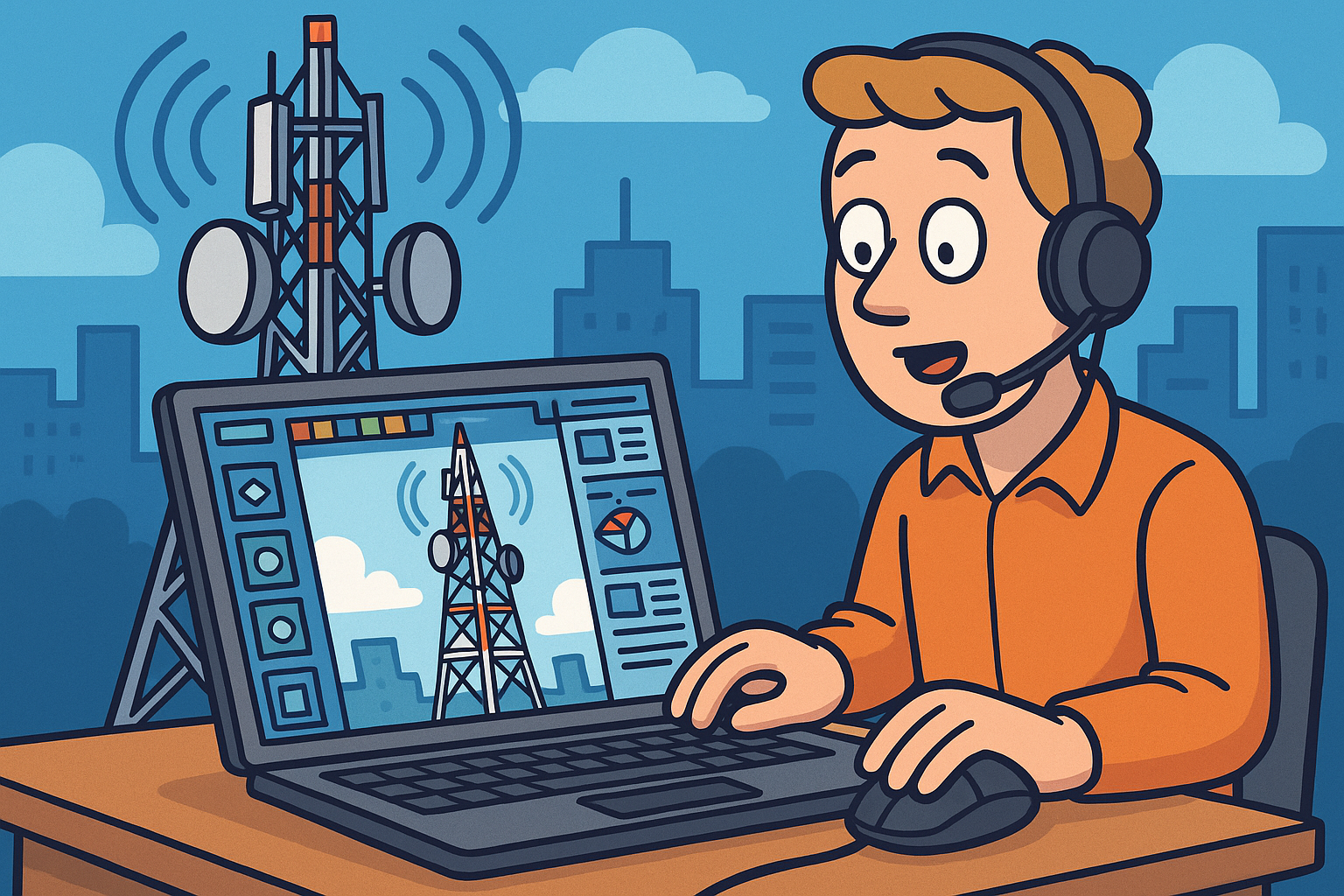Your Cart is Empty
Customer Testimonials
-
"Great customer service. The folks at Novedge were super helpful in navigating a somewhat complicated order including software upgrades and serial numbers in various stages of inactivity. They were friendly and helpful throughout the process.."
Ruben Ruckmark
"Quick & very helpful. We have been using Novedge for years and are very happy with their quick service when we need to make a purchase and excellent support resolving any issues."
Will Woodson
"Scott is the best. He reminds me about subscriptions dates, guides me in the correct direction for updates. He always responds promptly to me. He is literally the reason I continue to work with Novedge and will do so in the future."
Edward Mchugh
"Calvin Lok is “the man”. After my purchase of Sketchup 2021, he called me and provided step-by-step instructions to ease me through difficulties I was having with the setup of my new software."
Mike Borzage
Design Software History: The Evolution of Design Software in Packaging: From Manual Sketches to Smart and Sustainable Solutions
July 05, 2024 5 min read


Introduction to Packaging Design Evolution
Historical Context
The journey of packaging design has been a dynamic one, traversing multiple decades and evolving in response to cultural, technological, and consumer trends. Initially, the primary function of packaging was simple: to contain and protect products. However, as markets expanded and competition grew, the role of packaging transformed significantly. It became a critical component in the marketing mix, serving not only to preserve the integrity of the product but also to attract consumers and enhance the overall user experience.
In the early 20th century, packaging was often plain and functional. With the advent of branding and mass marketing, packaging designs started to incorporate elements that would appeal to the consumer's senses and emotions. The development of new materials like plastics in the mid-20th century further revolutionized packaging by introducing flexibility and durability that were previously unattainable with traditional materials like glass and metal.
Early Design Methods
Before the rise of computer-aided design (CAD), packaging design was a labor-intensive process that relied heavily on manual techniques. Designers would create detailed sketches by hand, which would then be translated into physical prototypes. This process was not only time-consuming but also fraught with limitations. Manual sketches, no matter how detailed, could not capture the precision required for complex packaging designs. Additionally, creating physical prototypes was often an expensive endeavor, limiting the ability to explore multiple design iterations.
Despite these challenges, early packaging designers were able to produce remarkable work. However, the lack of precision and the high cost of prototyping often meant that only a few design iterations were feasible. This significantly limited innovation and the ability to rapidly respond to market changes or consumer feedback.
The Advent of CAD in Packaging Design
Initial CAD Systems
The introduction of computer-aided design (CAD) systems marked a pivotal moment in the history of packaging design. Initially developed for aerospace and automotive industries, CAD systems soon found applications across various sectors, including packaging. One of the pioneering software in this domain was **AutoCAD** by **Autodesk**, which was introduced in the early 1980s. AutoCAD provided designers with the ability to create detailed 2D and 3D models with unprecedented precision.
Another notable player in the early days of CAD was **CATIA** by **Dassault Systèmes**. Originally developed for designing aircraft structures, CATIA's robust capabilities soon made it a favorite in the packaging industry for designing complex packaging systems. These early CAD systems allowed for significant advancements in packaging design by enabling more accurate and detailed representations of packaging concepts.
Impact on Design Process
The adoption of CAD systems revolutionized the packaging design process in several key ways. Firstly, the precision offered by CAD allowed for more intricate and accurate designs. This was particularly beneficial for packaging that required complex shapes or interlocking parts. Additionally, CAD enabled the rapid creation of prototypes through techniques such as 3D printing. This significantly reduced the time and cost associated with developing physical prototypes, allowing designers to explore and iterate on multiple concepts quickly.
The shift from manual to digital design also facilitated better collaboration among design teams. CAD files could be easily shared and edited, allowing for seamless integration of feedback and modifications. This collaborative environment fostered innovation and led to the development of more sophisticated packaging solutions.
Early adopters of CAD in the packaging industry quickly realized its potential. Companies that embraced CAD were able to bring products to market faster and with higher quality packaging, giving them a competitive advantage. The ability to simulate and test packaging designs virtually also reduced the risk of costly errors and product recalls.
Modern Design Software in Packaging
Integration of 3D Modeling
As CAD technology continued to evolve, the integration of 3D modeling became a game-changer for packaging design. Software such as **SolidWorks** and **Rhino** introduced advanced 3D modeling capabilities that allowed designers to create highly detailed and complex packaging solutions. These tools supported parametric and algorithmic design, enabling the creation of packaging that was not only aesthetically pleasing but also highly functional and efficient.
Parametric design, in particular, allowed for the creation of adaptable packaging designs that could be easily modified to accommodate different product sizes and shapes. This flexibility was crucial for industries that required customized packaging solutions. Algorithmic design, on the other hand, facilitated the creation of intricate patterns and structures that would have been impossible to achieve manually.
Simulation and Analysis Tools
Another significant advancement in modern packaging design software is the integration of simulation and analysis tools. Software such as **ANSYS** provides powerful capabilities for stress analysis, material optimization, and environmental impact assessment. These tools allow designers to test their packaging designs under various conditions and identify potential weaknesses before moving to production.
For instance, stress analysis tools can simulate the forces that packaging will encounter during transportation and storage, ensuring that the design can withstand these stresses without compromising the product's integrity. Material optimization tools help designers choose the most suitable materials for their packaging, balancing factors such as cost, durability, and environmental impact. Environmental impact assessment tools, meanwhile, allow designers to evaluate the sustainability of their packaging solutions and make informed decisions to reduce their ecological footprint.
- Stress Analysis: Simulating forces during transportation and storage.
- Material Optimization: Choosing the most suitable materials.
- Environmental Impact Assessment: Evaluating sustainability.
Companies that utilize these advanced tools are able to produce packaging that is not only innovative and functional but also sustainable and cost-effective. This holistic approach to packaging design is becoming increasingly important as consumers and regulators demand more environmentally friendly solutions.
Future Trends and Innovations
Sustainable Packaging
One of the most significant trends in the packaging industry today is the push towards sustainability. Design software plays a crucial role in this movement by providing tools that facilitate the creation of environmentally friendly packaging solutions. Innovations in materials and design, driven by advanced simulation and analysis tools, are enabling the development of packaging that is not only recyclable but also biodegradable and compostable.
Software that supports lifecycle analysis allows designers to evaluate the environmental impact of their packaging throughout its entire lifecycle, from production to disposal. This comprehensive approach ensures that sustainability is considered at every stage of the design process.
Smart Packaging
Another exciting trend in the packaging industry is the emergence of **smart packaging**. This involves the integration of **Internet of Things (IoT)** technology, sensors, and interactive elements into packaging. Design software is pivotal in developing and testing these advanced packaging systems. For instance, software tools can be used to simulate the interaction between the packaging and the embedded sensors, ensuring that they function correctly under various conditions.
Smart packaging offers a range of benefits, from enhancing product safety and reducing waste to providing consumers with valuable information and interactive experiences. As this technology continues to evolve, it will open up new possibilities for packaging design, making it more functional and engaging.
Conclusion
In conclusion, the evolution of design software has had a transformative impact on the packaging industry. From the early days of manual sketches and physical prototypes to the cutting-edge tools available today, technology has continuously pushed the boundaries of what is possible in packaging design. As we look to the future, the integration of sustainable practices and smart technology will continue to drive innovation, ensuring that packaging remains a vital component of the product experience.
The journey of packaging design is a testament to the power of technology and creativity. With each new advancement, designers are equipped with the tools they need to create packaging that not only meets the functional needs of today but also addresses the challenges of tomorrow.
Also in Design News

Revolutionizing 3D Design: Exploring Five Groundbreaking Innovations in Cinema 4D
August 31, 2025 4 min read
Read More
Revolutionizing Telecommunications: The Rise of Advanced Design Software
August 31, 2025 16 min read
Read More
Cinema 4D Tip: Optimizing 2D Matte Integration with Projection Man in Cinema 4D
August 31, 2025 3 min read
Read MoreSubscribe
Sign up to get the latest on sales, new releases and more …


